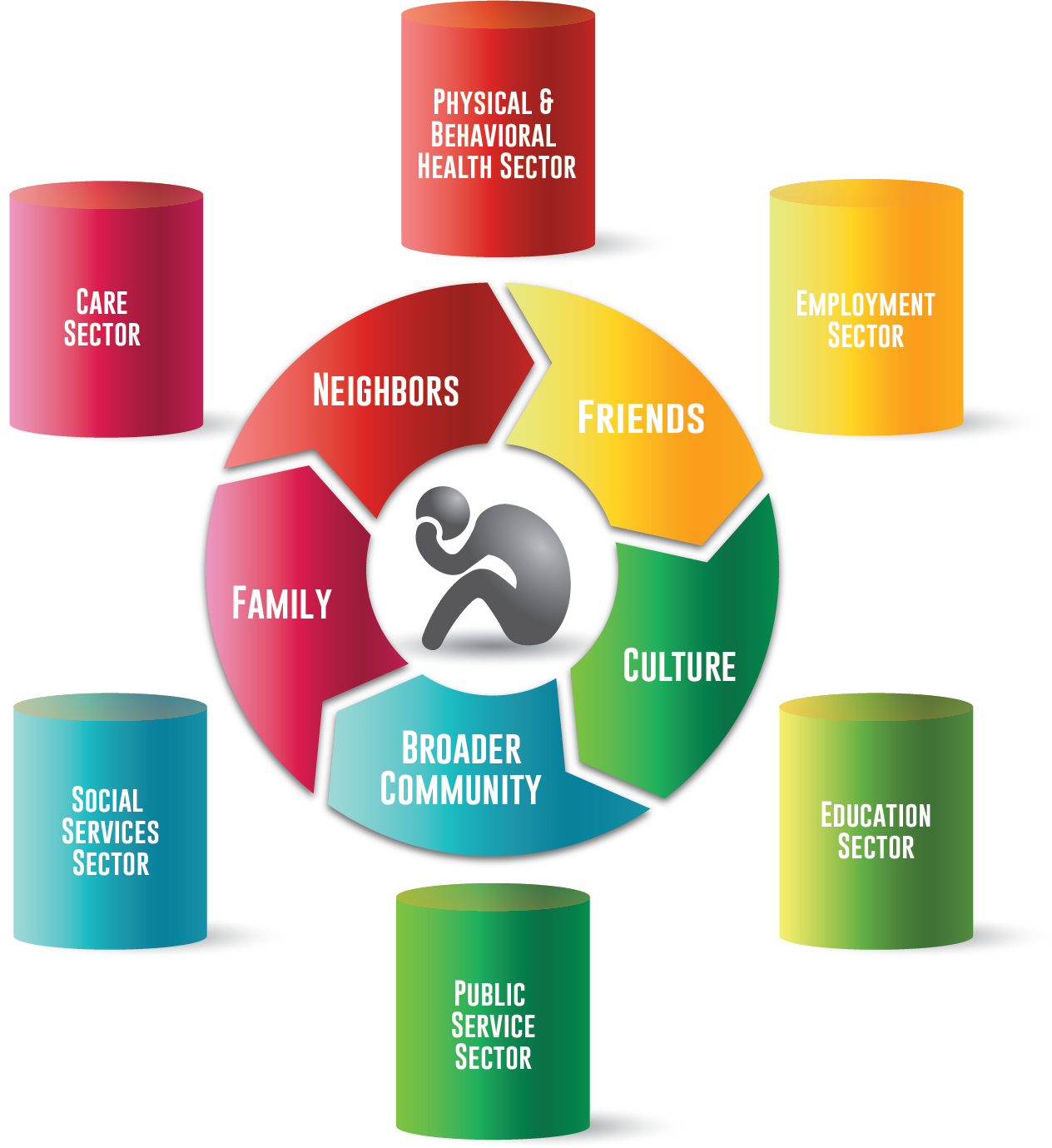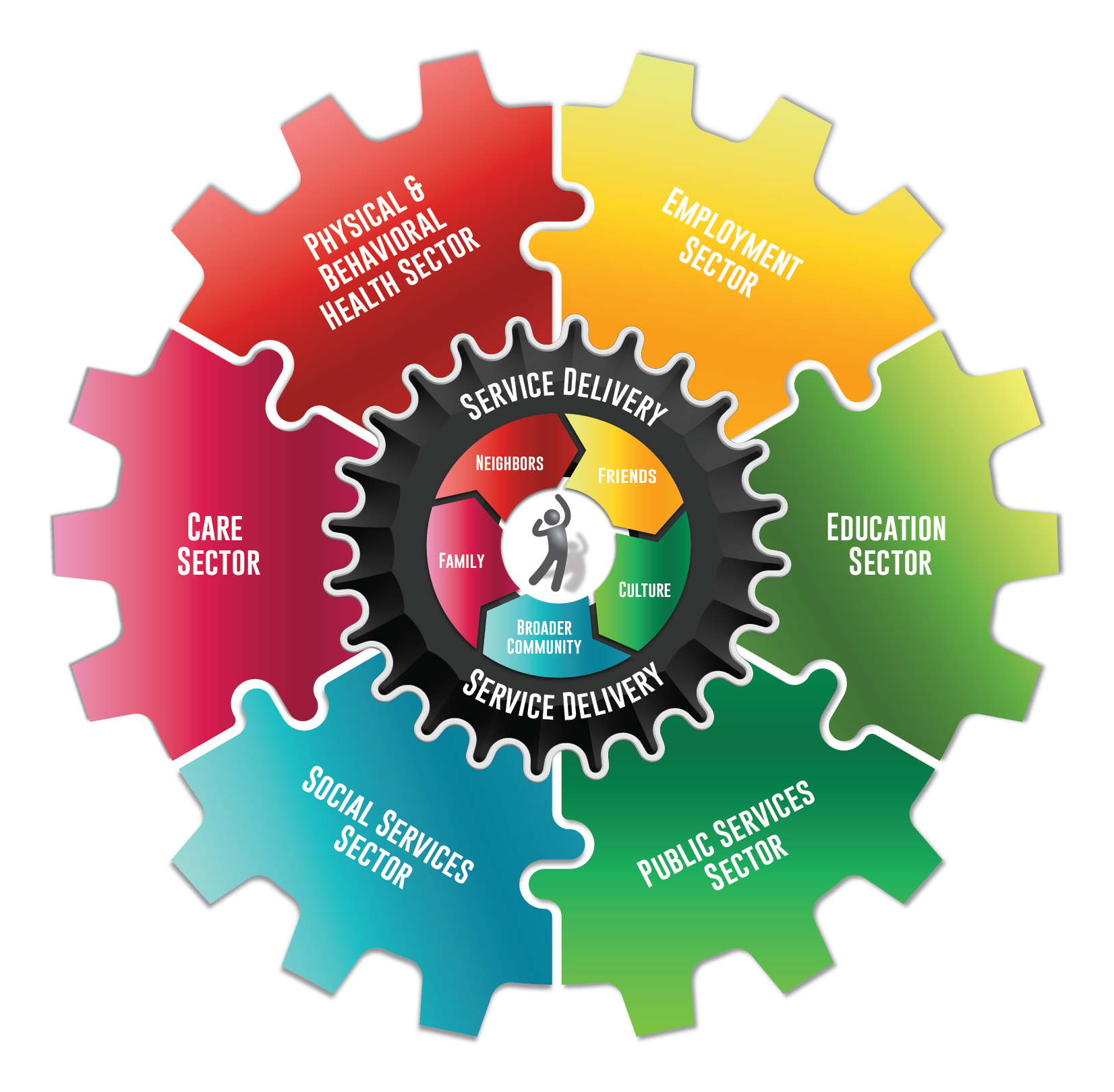Our Model
Contact UsOur Model – Collective Impact Strategies:
Mission aligned organizations working together, to do more than could be done individually. Scaling each member organization’s revenues and reach with collective impact strategies.
Contributing our own expertise as researchers and leaders in human-service sectors of education, care, physical and mental health, and social services, along with a skill and operational infrastructure of talents inclusive of project management, finance, instructional design, technology development, marketing and communications, and research and evaluation, we partner with nonprofits who join C-IMPACT as collaborative Members to pursue grants, contracts, philanthropy, and recurring revenues that alone, each member organization would be unable to pursue and deliver on.
Member organizations agree to share indirect costs and revenues and receive:
- Common leadership and organizational infrastructure to competitively go after work they otherwise would be unaware of or unable to execute on by themselves.
- Dramatically increase funding and implementation capabilities through direct costs, indirect cost sharing and philanthropy, and access to a pool of talent from subject-experts to operational supports.
- As our own 501(c)3 organization, we look to invest in our Members’ success and our collective vision of better human services. In addition to monies generated through projects and fundraising on behalf of our Members, we strive to support each C-IMPACT Member and other mission aligned organizations through charitable contributions and grants as revenues allow.
Compounded Leadership
A full-scale team, delivering amplified results without the full-scale cost. Crowdsourced critical infrastructure and leadership to rapidly accelerate your organization’s growth and reach through shared capacity.
Benefits
Benefits C-IMPACT membership include:
- Capacity
- Competency
- Community
- Collaboration
- Coordination
- Caring
Our Focus
C-IMPACT is focused on breaking down the siloes that reduce the efficacy of human service systems. Those that exist between sectors of health, social services, education, care, and public policy, as well as those that exist between likeminded organizations who too often are limited in achieving big things as they approach cross-organizational work from a competition versus collaboration model.
The Problem

The Solution

